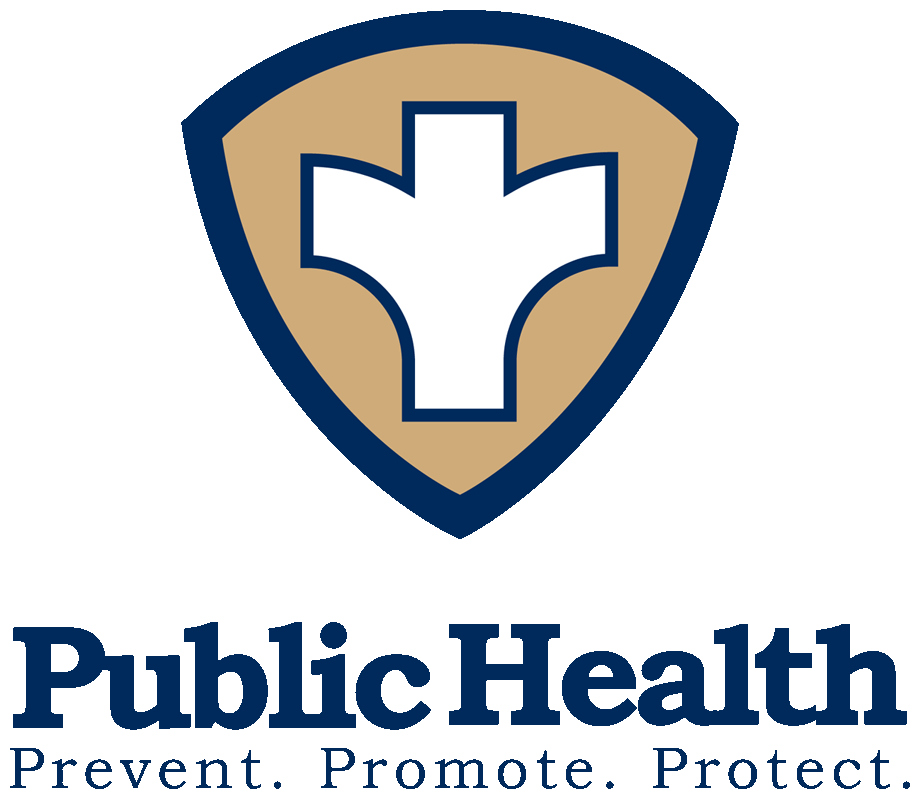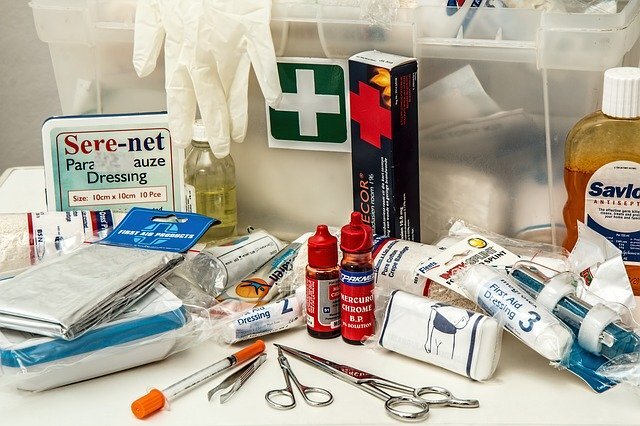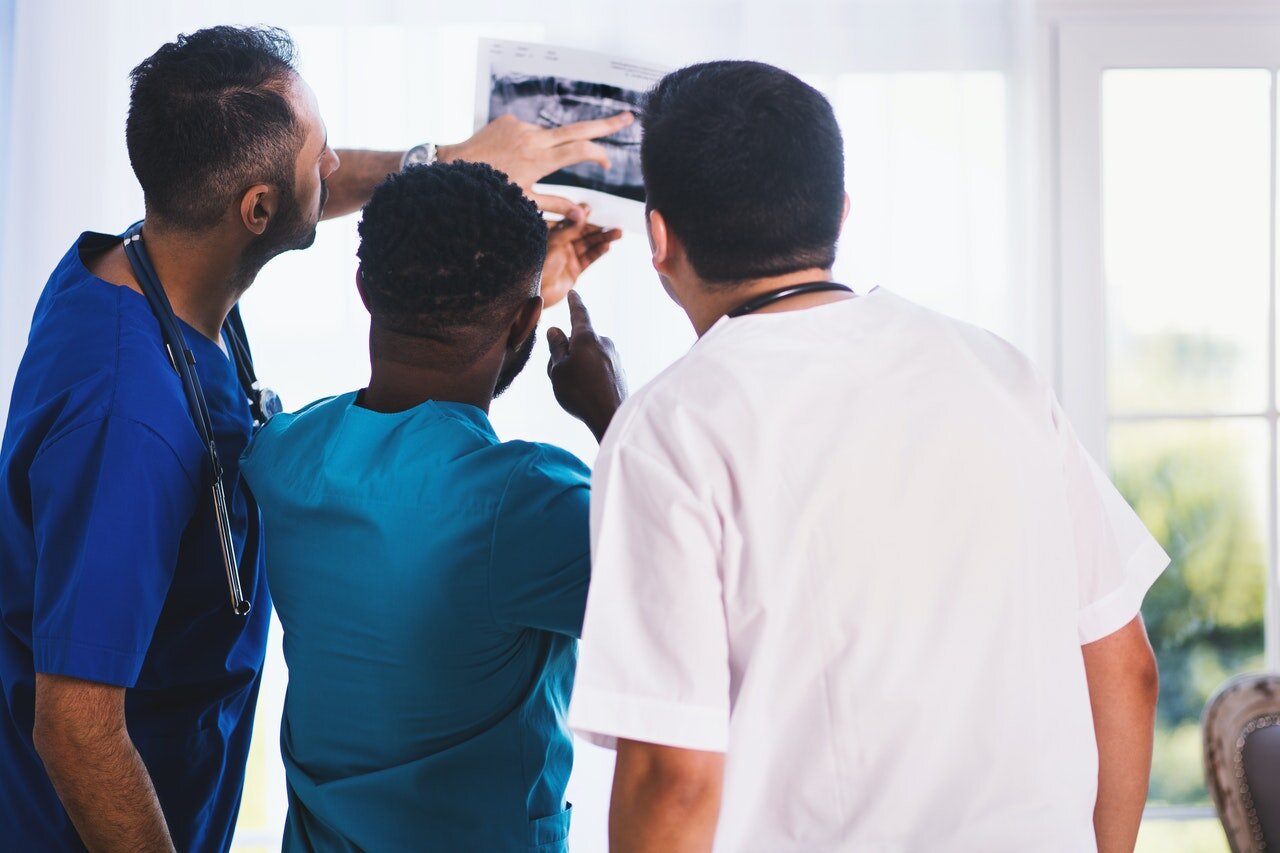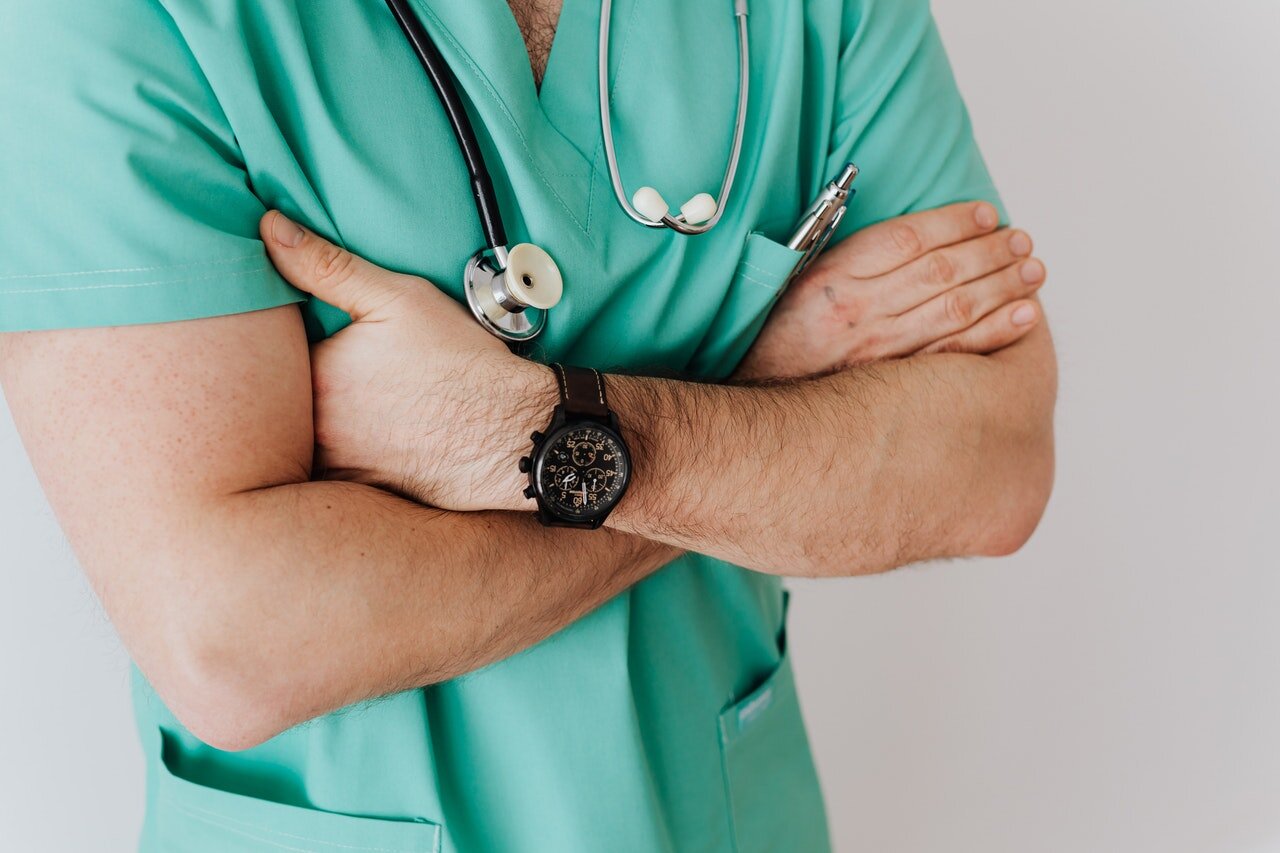
Preparing your Household for Emergencies
Be Informed
Some of the things you can do to prepare for the unexpected, such as making an emergency supply kit and developing a family communications plan, are the same for both a natural or human caused emergency.
However, there are important differences among potential emergencies that will impact the decisions you make and the actions you take. Learn more about the potential emergencies that could happen where you live and the appropriate way to respond to them.
In addition, learn about the emergency plans that have been established in your area by your state and local government.
Emergency preparedness is no longer the sole concern of earthquake prone Californians and those who live in the part of the country known as “Tornado Alley.” For Americans, preparedness must now account for human caused disasters as well as natural ones. Knowing what to do during an emergency is an important part of being prepared and may make all the difference when seconds count.
Links
Information & Tools to help you Be Informed, Build a Kit, Make a Plan, and Get Involved:
Centers For Disease Control & Prevention
Wasco County Reverse-911 Notification System
do1thing
Visit do1thing.com and do one thing each month to get better prepared for all hazards and become disaster resilient! This is a really great program that makes preparing less overwhelming, by breaking down the steps to becoming prepared.
Build A Kit
Recommended Items to Include In A Basic Emergency Supply Kit:
Water, one gallon of water per person per day for at least three days, for drinking and sanitation
Food, at least a three-day supply of non-perishable food
Battery-powered or hand crank radio and a NOAA Weather Radio with tone alert and extra batteries for both
Flashlight and extra batteries
First aid kit
Whistle to signal for help
Dust mask, to help filter contaminated air and plastic sheeting and duct tape to shelter-in-place
Moist towelettes, garbage bags and plastic ties for personal sanitation
Wrench or pliers to turn off utilities
Can opener for food (if kit contains canned food)
Local maps
Cell phone with chargers, inverter or solar charger
Additional Items to Consider Adding to an Emergency Supply Kit:
Prescription medications and glasses
Infant formula and diapers
Pet food and extra water for your pet
Cash or traveler’s checks and change
Important family documents such as copies of insurance policies, identification and bank account records in a waterproof, portable container. You can use the Emergency Financial First Aid Kit (EFFAK) – PDF, 277Kb) developed by Operation Hope, FEMA and Citizen Corps to help you organize your information.
Emergency reference material such as a first aid book or information from www.ready.gov.
Sleeping bag or warm blanket for each person. Consider additional bedding if you live in a cold-weather climate.
Complete change of clothing including a long sleeved shirt, long pants and sturdy shoes. Consider additional clothing if you live in a cold-weather climate.
Household chlorine bleach and medicine dropper – When diluted nine parts water to one part bleach, bleach can be used as a disinfectant. Or in an emergency, you can use it to treat water by using 16 drops of regular household liquid bleach per gallon of water. Do not use scented, color safe or bleaches with added cleaners.
Matches in a waterproof container
Feminine supplies and personal hygiene items
Mess kits, paper cups, plates and plastic utensils, paper towels
Paper and pencil
Books, games, puzzles or other activities for children
Fire Extinguisher
Make A Plan
Your family may not be together when disaster strikes, so it is important to plan in advance: how you will contact one another; how you will get back together; and what you will do in different situations.
Family Emergency Plan
Identify an out-of town contact. It may be easier to make a long-distance phone call than to call across town, so an out-of-town contact may be in a better position to communicate among separated family members.
Be sure every member of your family knows the phone number and has a cell phone, coins, or a prepaid phone card to call the emergency contact. If you have a cell phone, program that person(s) as “ICE” (In Case of Emergency) in your phone. If you are in an accident, emergency personnel will often check your ICE listings in order to get a hold of someone you know. Make sure to tell your family and friends that you’ve listed them as emergency contacts.
Teach family members how to use text messaging (also known as SMS or Short Message Service). Text messages can often get around network disruptions when a phone call might not be able to get through.
Planning to Stay or Go
Depending on your circumstances and the nature of the emergency, the first important decision is whether you stay where you are or evacuate. You should understand and plan for both possibilities. Use common sense and available information, including what you are learning here, to determine if there is an immediate danger. In any emergency, local authorities may or may not immediately be able to provide information on what is happening and what you should do. However, you should watch TV, listen to the radio or check the Internet often for information or official instruction as it becomes available. Further information on staying put or sheltering in place.
Emergency Information
Find out what kinds of disasters, both natural and man-made, are most likely to occur in your area and how you will be notified. Methods of getting your attention vary from community to community. One common method is to broadcast via emergency radio and TV broadcasts. You might hear a special siren, or get a telephone call, or emergency workers may go door-to-door.
Emergency Plans
You may also want to inquire about emergency plans at places where your family spends time: work, daycare and school. If no plans exist, consider volunteering to help create one. Talk to your neighbors about how you can work together in the event of an emergency. You will be better prepared to safely reunite your family and loved ones during an emergency if you think ahead and communicate with others in advance. Visit the links provided to learn more about making a plan.
Get Involved
Wasco County Medical Reserve Corps (MRC) is part of a nationwide network of locally-based volunteer units that train and prepare community members to help with disaster response when emergency personnel are overwhelmed. MRC members can also volunteer in the community in non-disaster times, if they choose. Go to the Wasco County Medical Reserve Corps (MRC) tab on this site to learn more about your local MRC unit and how to join, as well as how to register with the State Emergency Registry of Volunteers in Oregon (SERV-OR).






